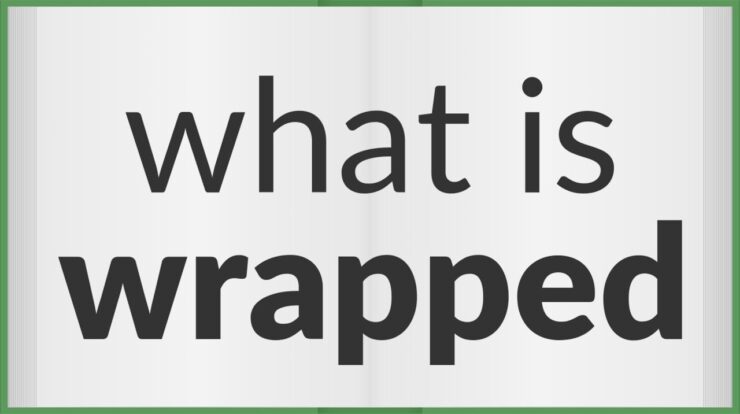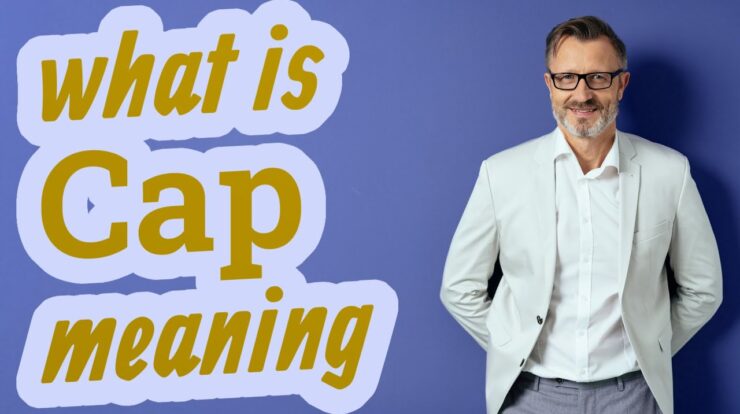
Wrap meaning – Embark on a linguistic journey as we delve into the multifaceted meaning of “wrap,” a versatile word that weaves its way through our language, encompassing both tangible and intangible concepts.
From its physical manifestations in packaging and clothing to its metaphorical applications in language and technology, “wrap” unveils a tapestry of meanings that enrich our understanding of the world around us.
Wrap Meaning

The term “wrap” possesses multiple meanings, encompassing both physical and metaphorical applications. As a noun, it can refer to various objects or concepts.
Wrap as a Noun, Wrap meaning
- A covering or enclosure, such as a blanket, shawl, or gift wrapping.
- A piece of fabric or paper used to wrap or cover something.
- A layer or coating, such as a bandage or adhesive tape.
- A bundle or package, especially one wrapped in paper or fabric.
- A protective layer, such as a plastic wrap or foil.
Wrap as a Verb
“Wrap” as a verb denotes the action of covering or enclosing something. It can have different forms, including wrap, wraps, wrapped, and wrapping.
- To cover or enclose something with a material.
- To fold or wind something around something else.
- To encircle or embrace something.
- To envelop or cover something completely.
- To conceal or hide something.
Wrap in the Context of Packaging
In packaging, “wrap” refers to the materials and techniques used to protect and preserve products. It includes:
- Plastic wrap: A thin, transparent film used for wrapping food and other items.
- Foil: A thin, metallic sheet used for wrapping food to prevent spoilage.
- Paper: A versatile material used for wrapping gifts, products, and food.
- Shrink wrap: A plastic film that shrinks when heated, conforming to the shape of the item being wrapped.
- Bubble wrap: A plastic film with air-filled bubbles used for cushioning fragile items.
Wrap in the Context of Clothing
In clothing, “wrap” refers to garments or styles that involve wrapping fabric around the body.
- Wrap dress: A dress that wraps around the body and is typically secured with a tie or belt.
- Wrap skirt: A skirt that wraps around the waist and is secured with a tie or button.
- Wrap cardigan: A cardigan that wraps around the body and is secured with a belt or tie.
- Wrap coat: A coat that wraps around the body and is secured with a belt or buttons.
Wrap in the Context of Food
In food, “wrap” refers to the process of covering or enclosing food for storage, cooking, or serving.
- Sandwich wrap: A wrap made with a tortilla, pita bread, or other flatbread filled with various ingredients.
- Burrito: A Mexican dish made with a tortilla wrapped around a filling of meat, beans, rice, and vegetables.
- Spring roll: A Chinese dish made with a thin pastry wrapper filled with vegetables and meat.
- Dumpling: A small, filled pastry that is typically steamed or boiled.
Wrap in the Context of Art and Design
In art and design, “wrap” refers to techniques and styles that involve covering or enclosing objects.
- Wrap art: A form of art that involves wrapping objects in fabric or other materials.
- Gift wrapping: The art of wrapping gifts in an attractive and creative manner.
- Architectural wrapping: A technique used to cover buildings or structures with a temporary or permanent material.
Wrap in the Context of Language
In language, “wrap” is used as a figure of speech or idiom.
- To wrap something up: To finish or conclude something.
- To wrap something around someone’s finger: To have complete control over someone.
- To be wrapped up in something: To be fully engaged or absorbed in something.
Wrap in the Context of Technology
In technology, “wrap” refers to various concepts and processes.
- Wrapper: A class or function that encapsulates or “wraps” another class or function, providing additional functionality.
- Wrap function: A function that takes another function as an argument and returns a new function.
- Data wrapping: The process of converting data into a different format or representation.
Wrap in the Context of Culture and Society
In culture and society, “wrap” refers to different customs, traditions, and beliefs.
- Wrap-around skirt: A type of skirt worn in many cultures, typically made of a rectangular piece of fabric wrapped around the waist.
- Wrap-up party: A party held at the end of a project or event to celebrate its completion.
- Wrap-up speech: A speech given at the end of a meeting or event to summarize the main points.
Concluding Remarks: Wrap Meaning

In conclusion, “wrap” stands as a linguistic chameleon, adapting to diverse contexts and conveying a spectrum of ideas. Its ability to encompass both literal and figurative meanings makes it an indispensable tool for communication, allowing us to express complex thoughts and emotions with precision and nuance.
FAQ Guide
What is the origin of the word “wrap”?
The word “wrap” has Old English roots, originating from the word “wreppan,” which means “to cover or fold.”
How can “wrap” be used as a figure of speech?
“Wrap” can be used figuratively to describe something that is complex or difficult to understand, as in the phrase “wrapped up in a mystery.”
What are some common wrapping materials?
Common wrapping materials include paper, plastic, foil, and fabric.
